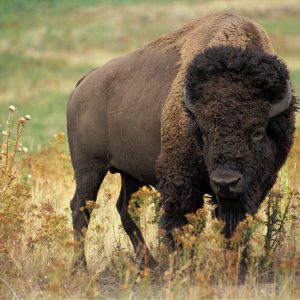Learn to plan and manage the detailed development of a permaculture system.
E-Learning Structure
The duration of this online course is 100 hours. This consists of 10 in-depth lessons:
- Evaluating Design Strategies
- Understanding Patterns
- Water
- Earthworks
- Humid Tropics
- Dry Climates
- Temperate to Cold Climates
- Planning Work
- Costing
- Sustainable Systems
Course Aims
- Explain the evolution of a Permaculture system which is at least five years old.
- Compare the suitability of three different planning procedures, for development of a Permaculture system on a specified site.
- Develop a permaculture plan on a specified site, by using flow diagrams.
- Illustrate the progressive development of one view of a Permaculture system, over three years, with a series of four overlay drawings.
- Explain the relevance of patterns which occur in nature, to Permaculture design.
- Explain the importance of observation skills in Permaculture planning.
- Analyse the weather patterns of a site in your locality as a basis for planning a Permaculture system.
- Compare different methods of water provision, including collection and storage for a specified Permaculture system.
- Analyse the adequacy of two different specific Permaculture system designs, in terms of: water requirements, water provision, water storage, and water usage.
- Explain, using labelled illustrations, the use of different survey equipment.
- Survey a site, between one and four thousand square metre in size, that has been selected for a proposed Permaculture system, recording details, including: topography, dimensions, and location of features.
- Prepare a site plan, to scale, of the site surveyed, including contour lines and the location of all existing features.
- Distinguish between, using labelled drawings, different types of earthworks, including: banks, benching, terracing, and mounds.
- Compare different methods for the provision of drainage on a site proposed as, or being developed
- as a Permaculture system.
- Determine the factors unique to the design of Permaculture systems in humid tropical climates, dry climates, and cold climates.
- Determine fifty plant species suited for inclusion in a Permaculture system in each of the climates above.
- Determine ten animal species suitable for inclusion in a Permaculture system in each of the climates above.
- Prepare a Permaculture design for each of the climates above.
- Calculate the quantities of materials, showing necessary calculations, required in a specified permaculture plan.
- Estimate the work-hours required, showing any necessary calculations, to complete each section of work.
- Estimate the equipment required, showing any necessary calculations, to complete each section of work.
- Determine suppliers for all materials, for a specified Permaculture development, in accordance with specific plans supplied to you.
- Determine the costs of five types of different materials, for a specified Permaculture development, from different suppliers.
- Determine the essential costs for services to establish a specified Permaculture system, such as: labour costs, sub contracting fees, equipment hire, permits and planning applications, technical reports, legal fees.
- Compare the costs of establishing two different Permaculture systems, which you visit and investigate.
- Explain three sustainable agricultural or horticultural systems, other than permaculture.
- Differentiate Permaculture from other sustainable systems, including: Biodynamics, Organic farming.
- Compare specified sustainable agricultural or horticultural practices from different countries.
How Does A Warnborough Online Course Work?
You can start the course whenever is convenient for you. You will be studying from home and have access to support from our qualified tutors. Practical exercises and research tasks will be set at the end of each lesson – including an assignment. You will submit this assignment to your course tutor, who will mark your work and give you constructive feedback and suggestions.
If you have any questions please contact us.





